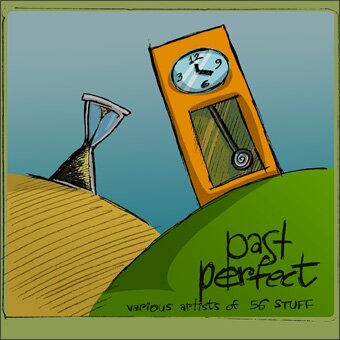.jpg)
Aquí tenemos una versión de la canción compuesta por Bennie Benjamin, Gloria Caldwell and Sol Marcus para la cantante/pianista Nina Simone, que la grabó por primera vez en 1964. “Don’t Let Me Be Misunderstood” ha sido versioneada en multitud de ocasiones, siendo, quizá ésta que os ofrecemos a continuación la más exitosa de todas ellas.
Aquí tenéis la versión original, otra joya de la gran Nina Simone
Aquí tenemos una versión de la canción compuesta por Bennie Benjamin, Gloria Caldwell and Sol Marcus para la cantante/pianista Nina Simone, que la grabó por primera vez en 1964. “Don’t Let Me Be Misunderstood” ha sido versioneada en multitud de ocasiones, siendo, quizá ésta que os ofrecemos a continuación la más exitosa de todas ellas.
Aquí tenéis la versión original, otra joya de la gran Nina Simone
Para finalizar, ésta que traerá recuerdos a más de un cuarentón, entre los cuales me cuento. Se trata de la versión disco latino que hicieron Santa Esmeralda en 1977.





